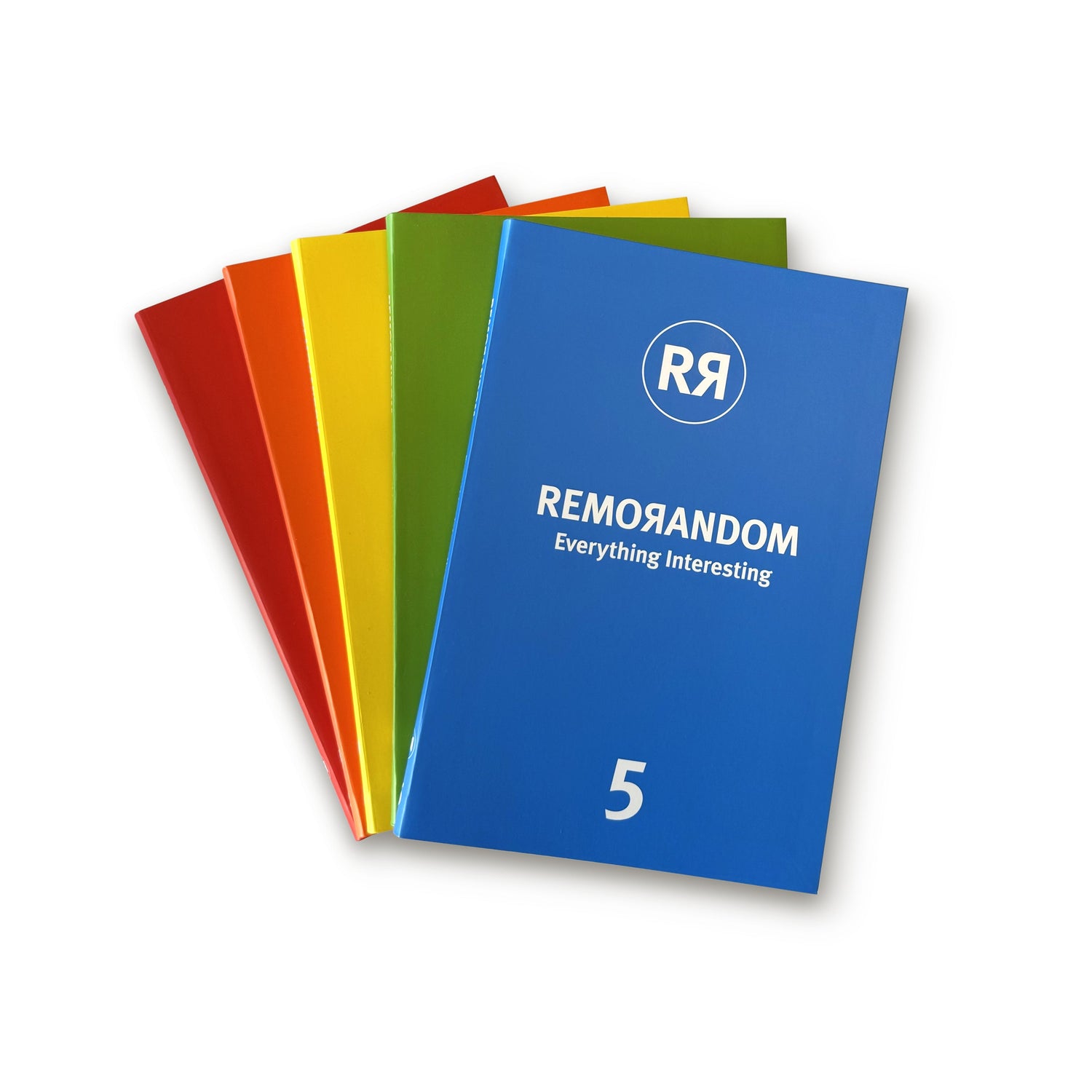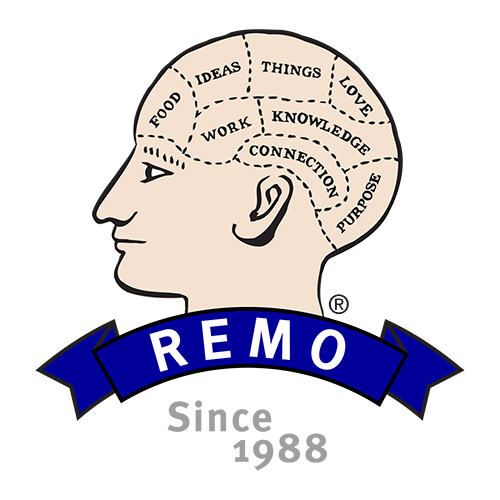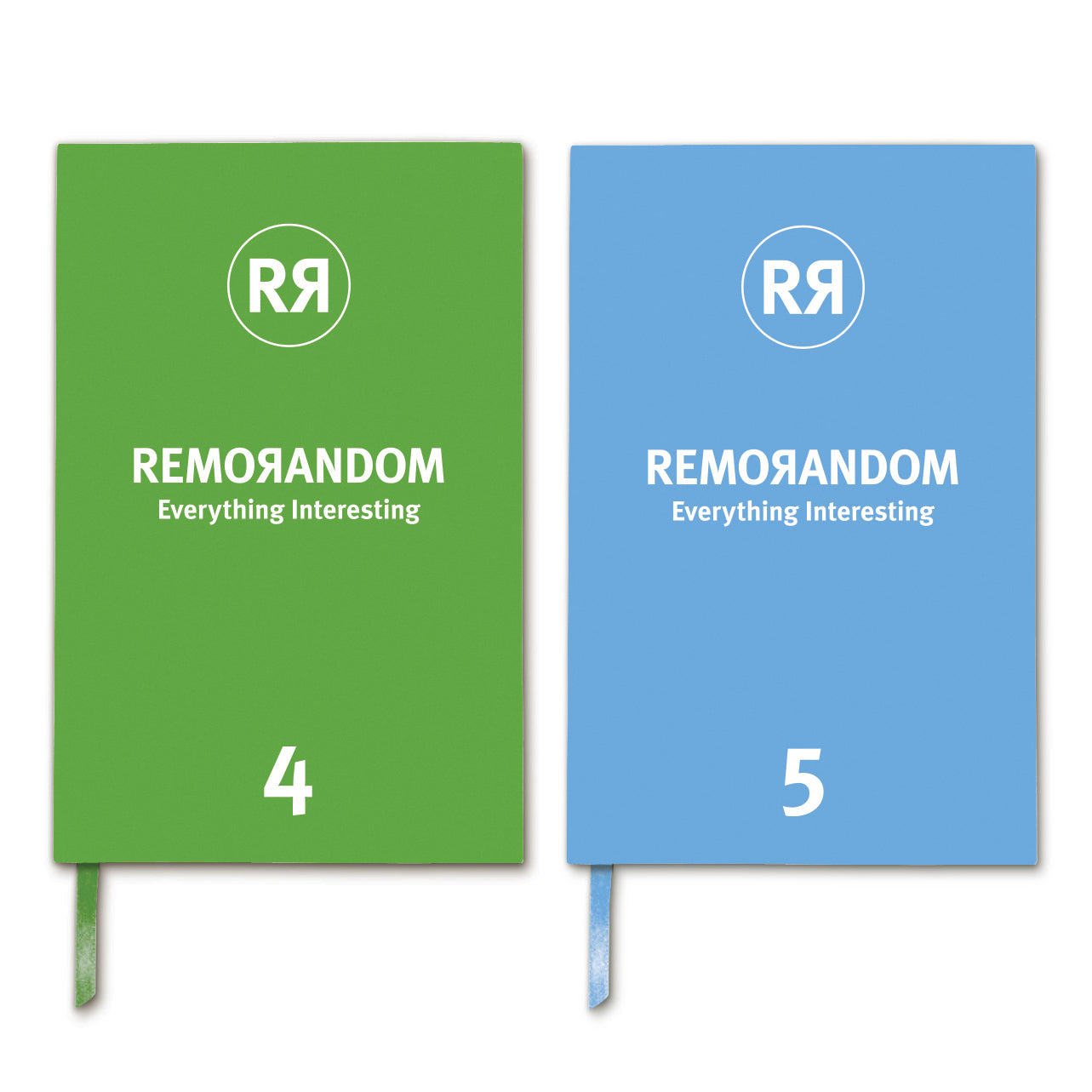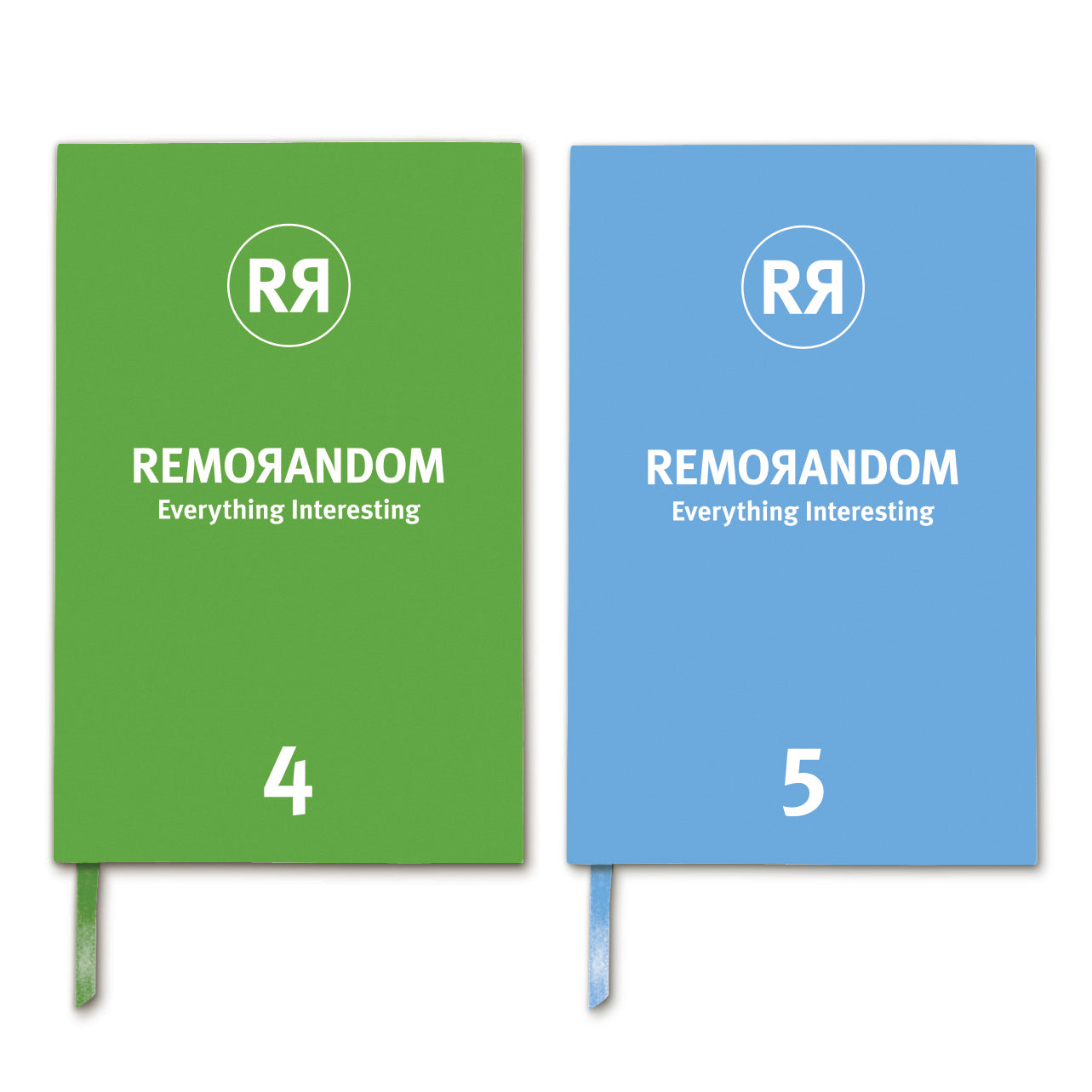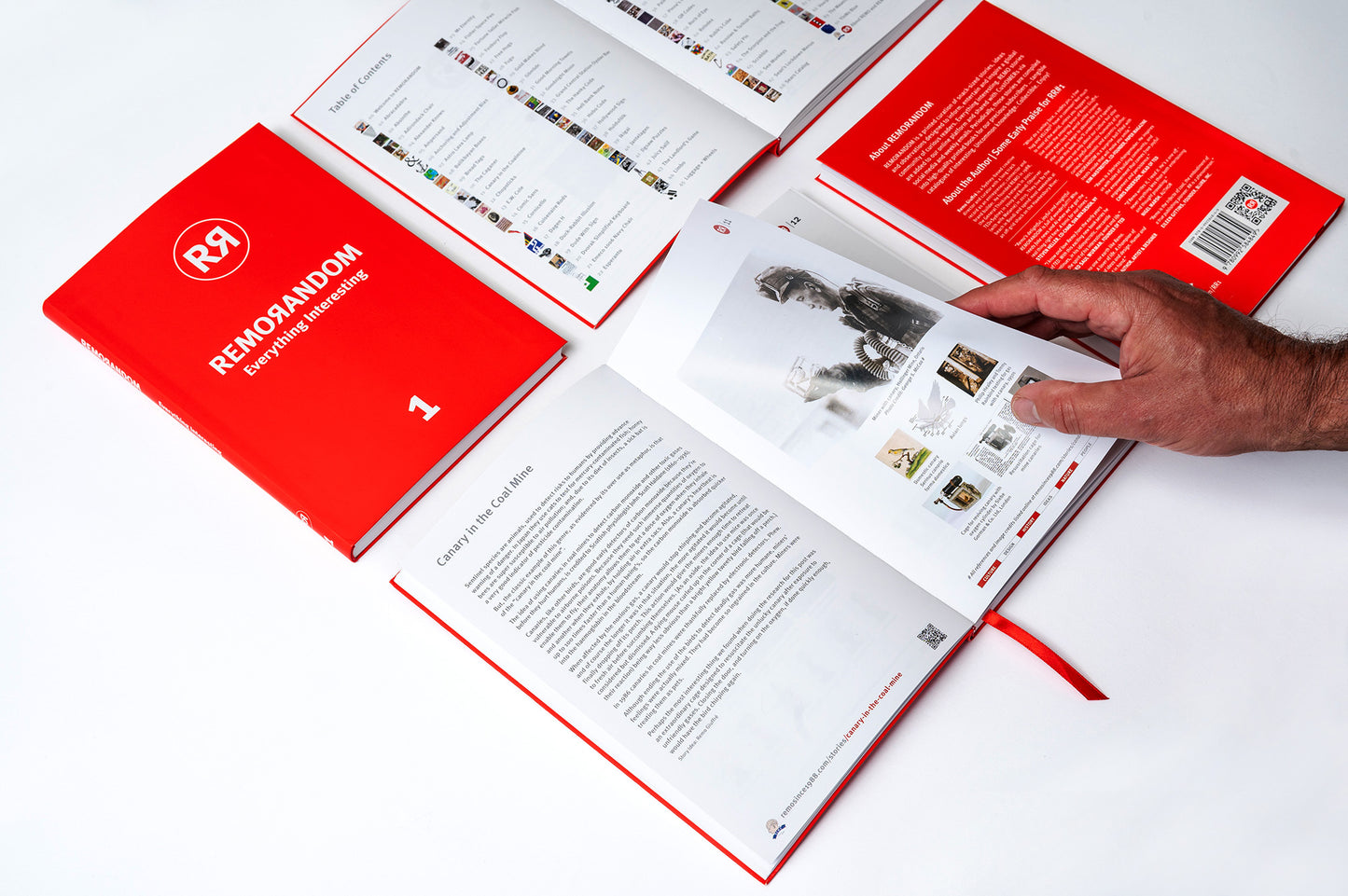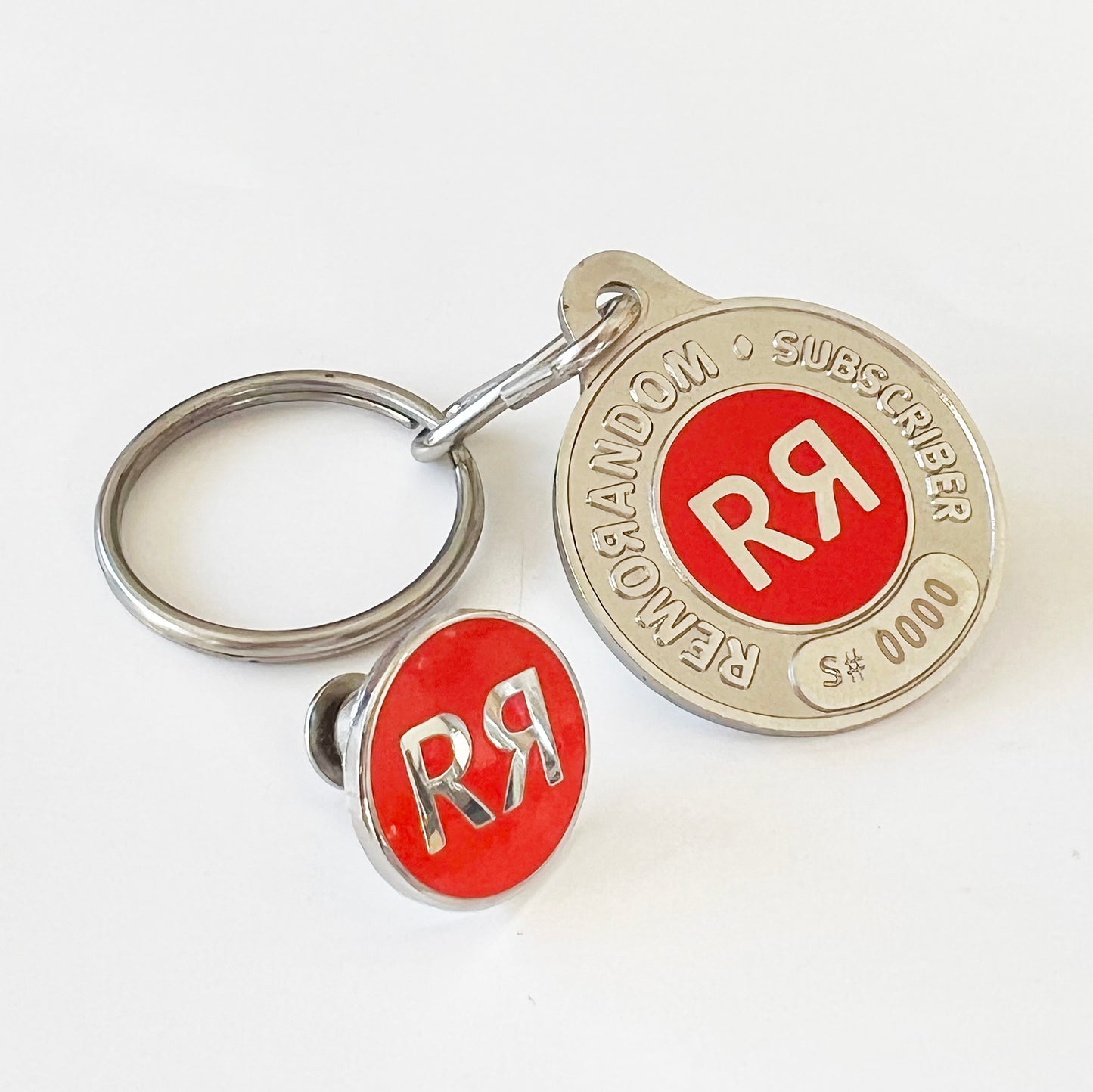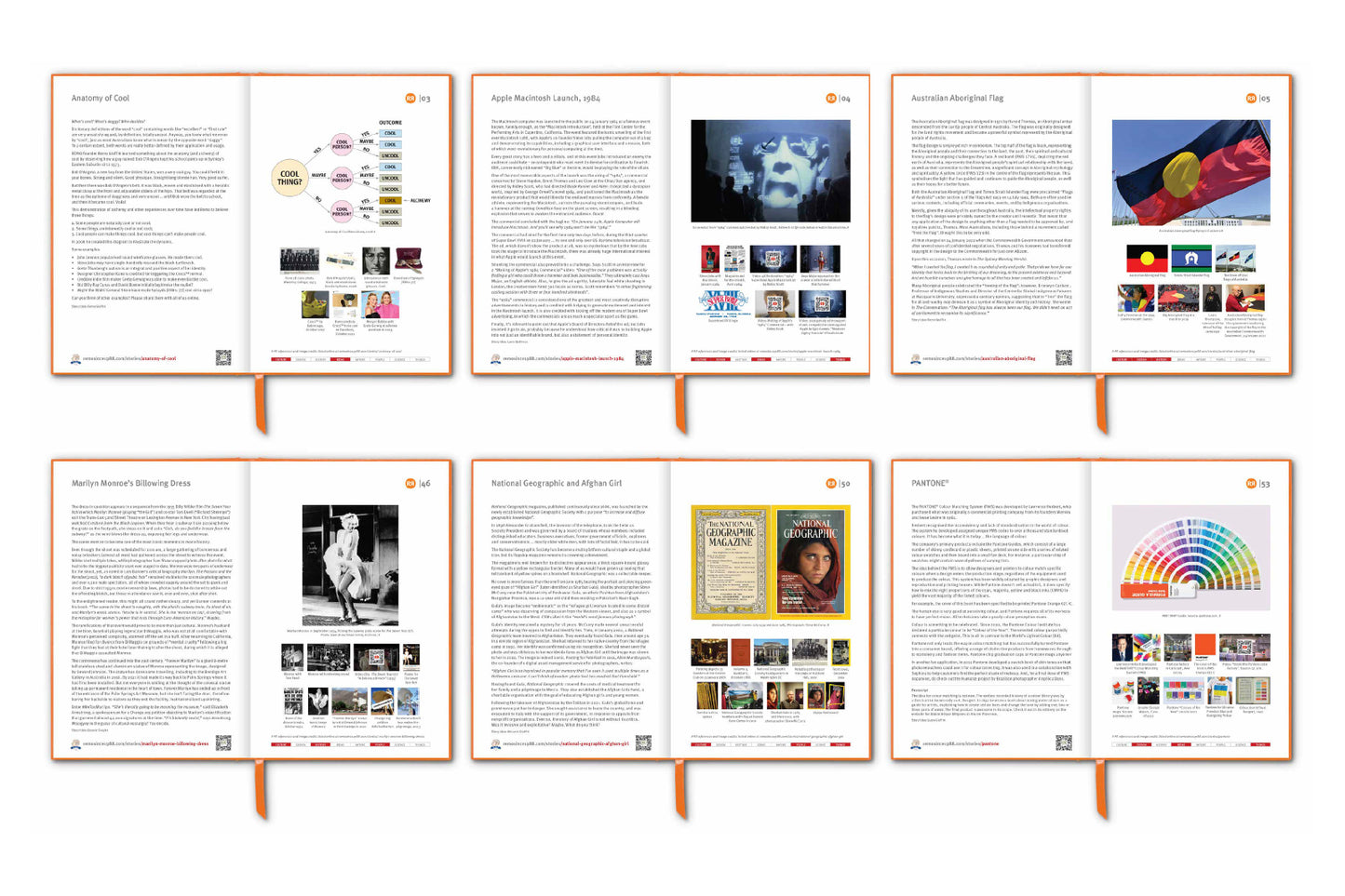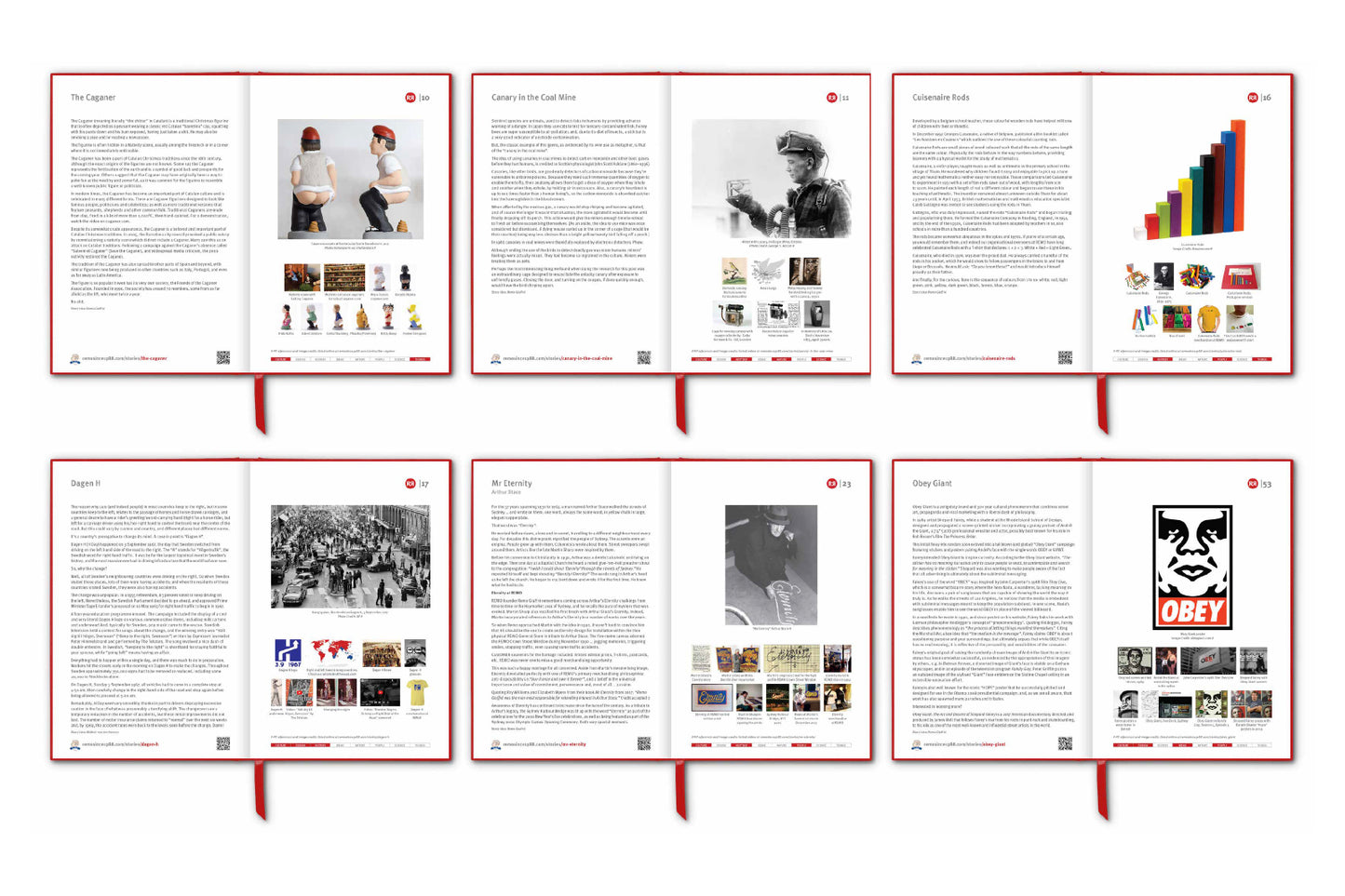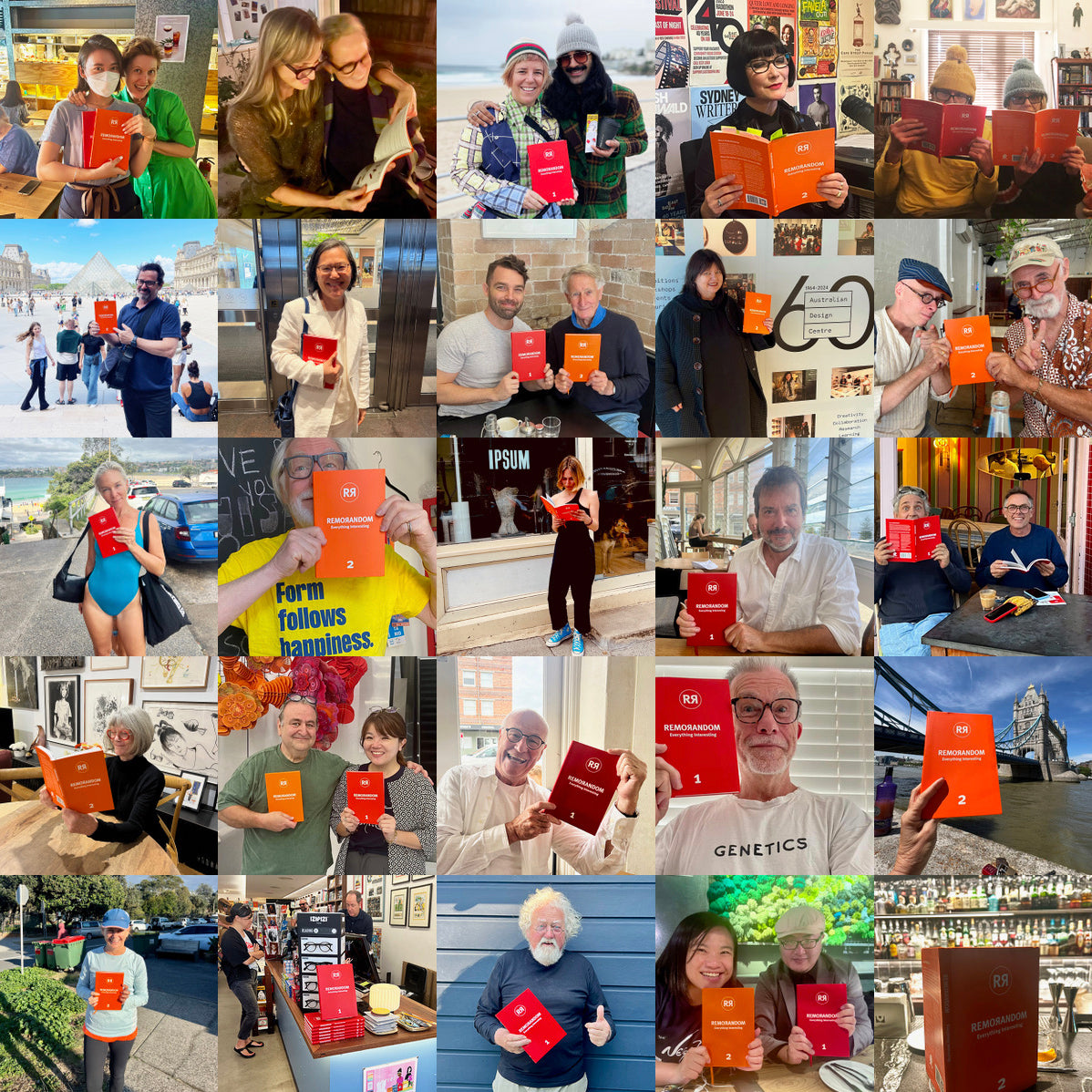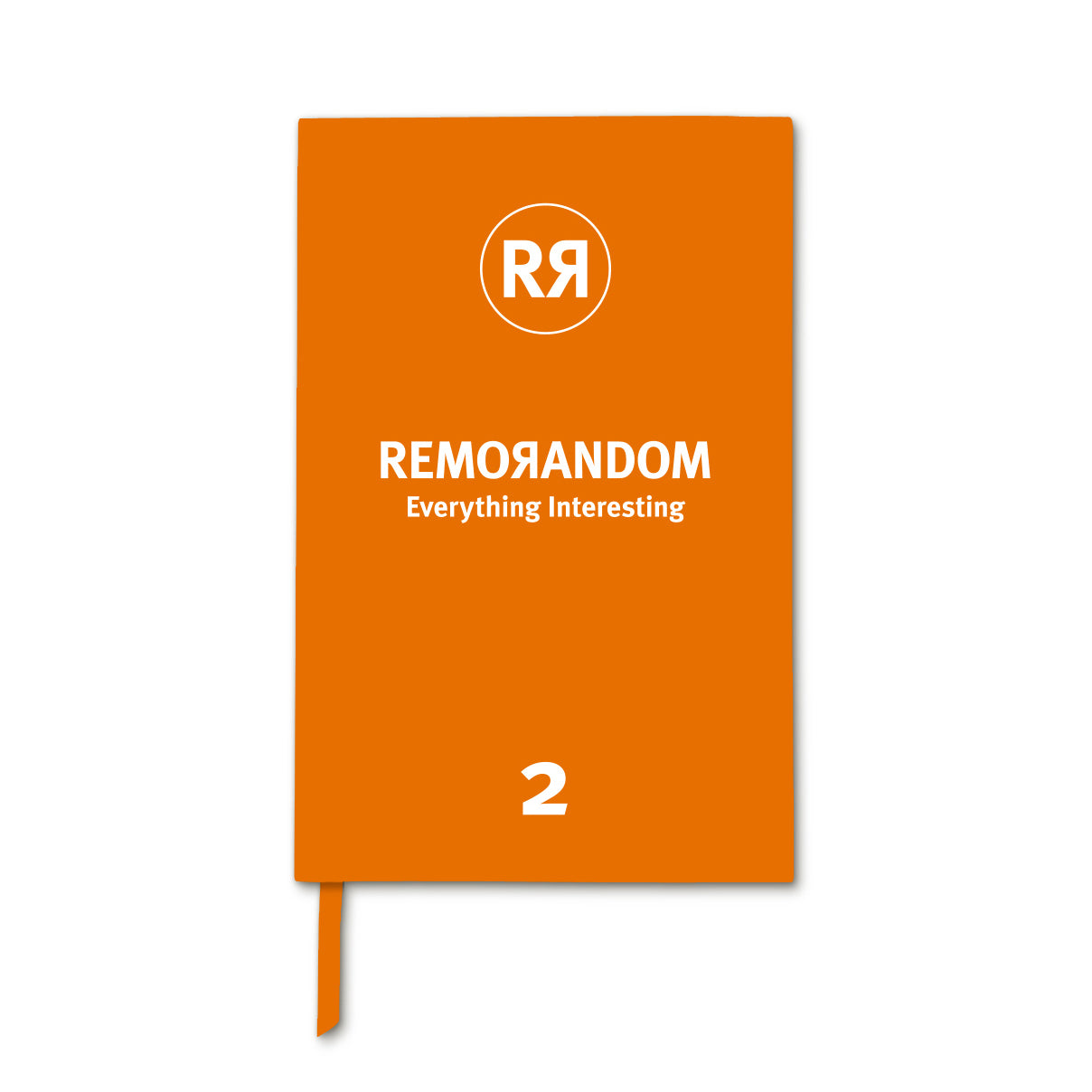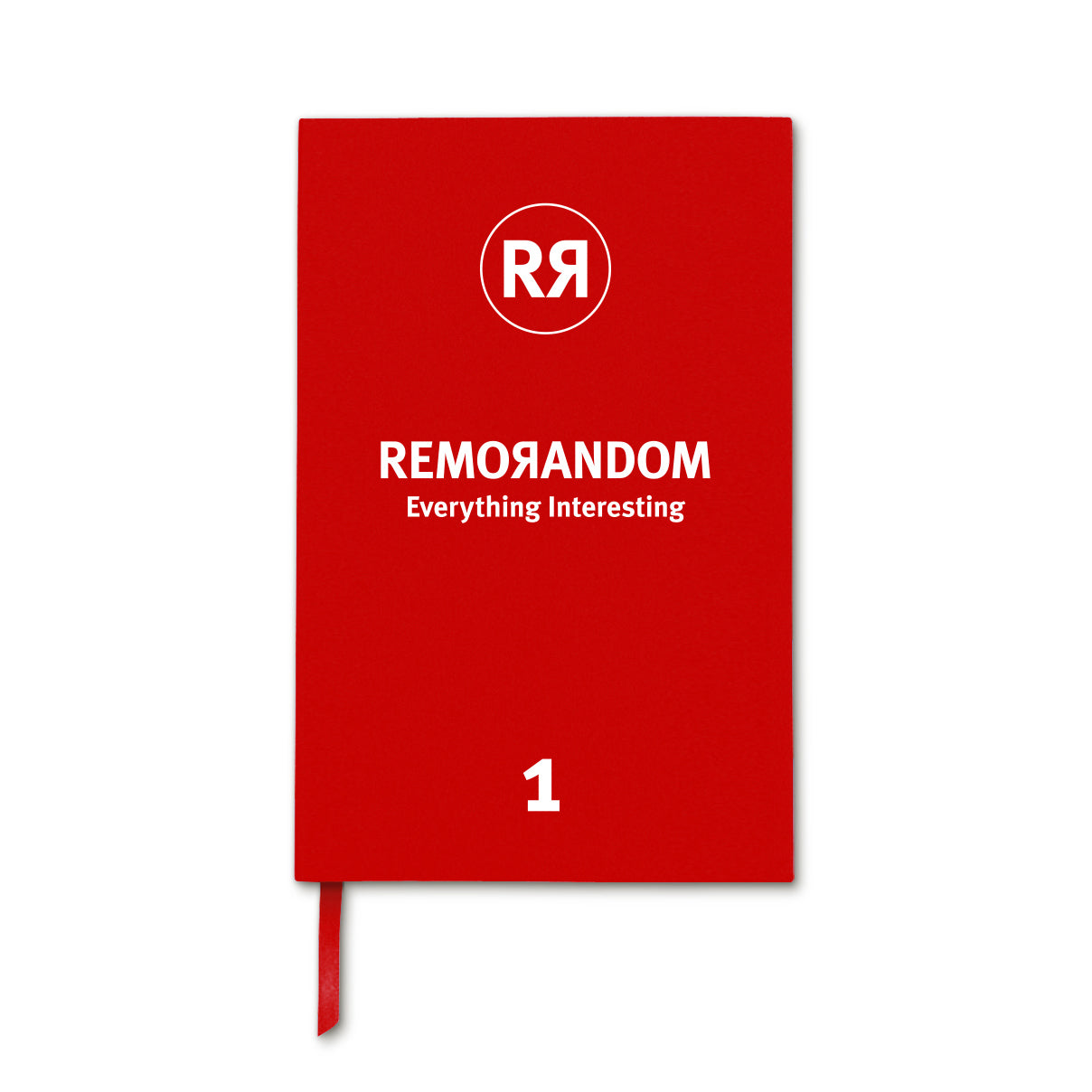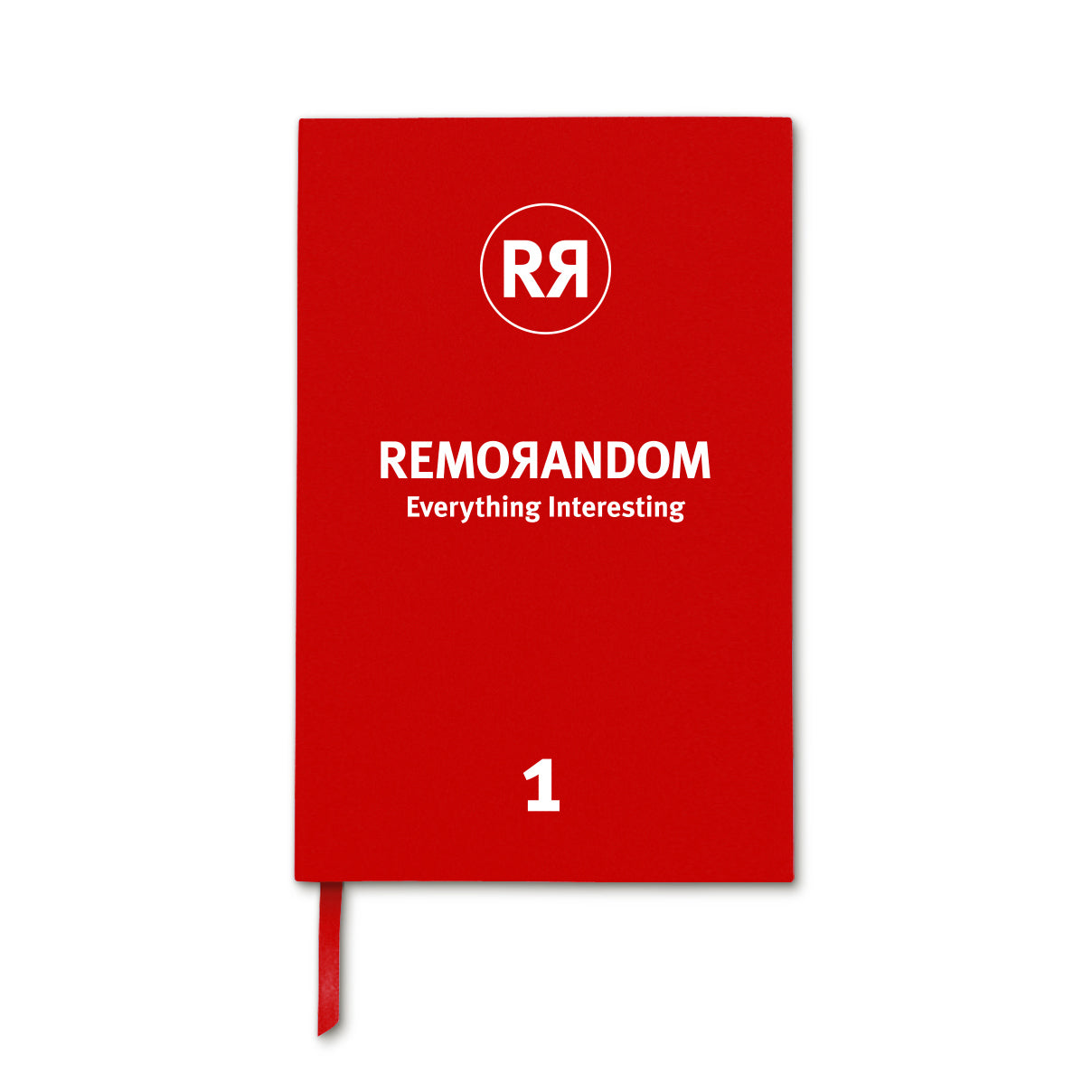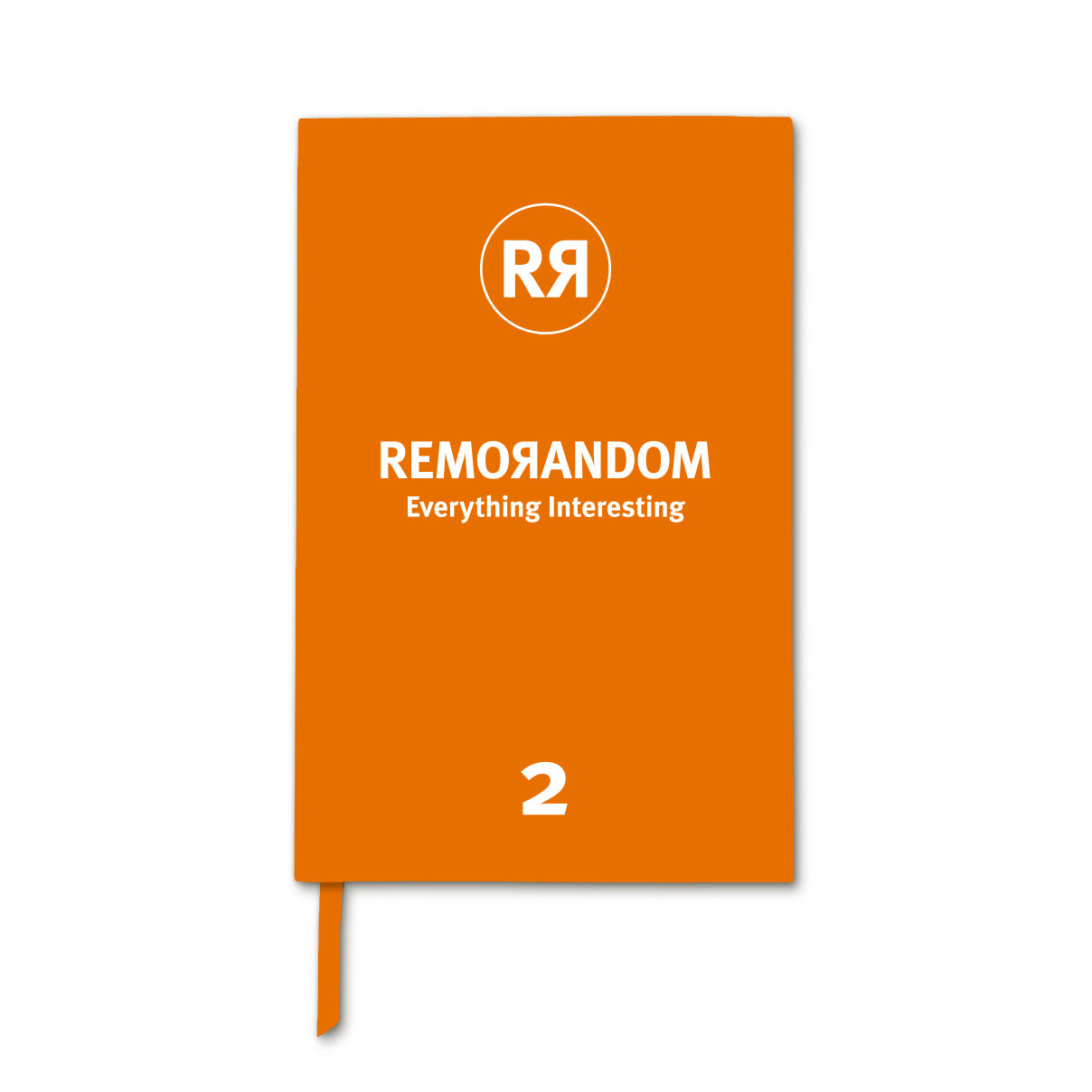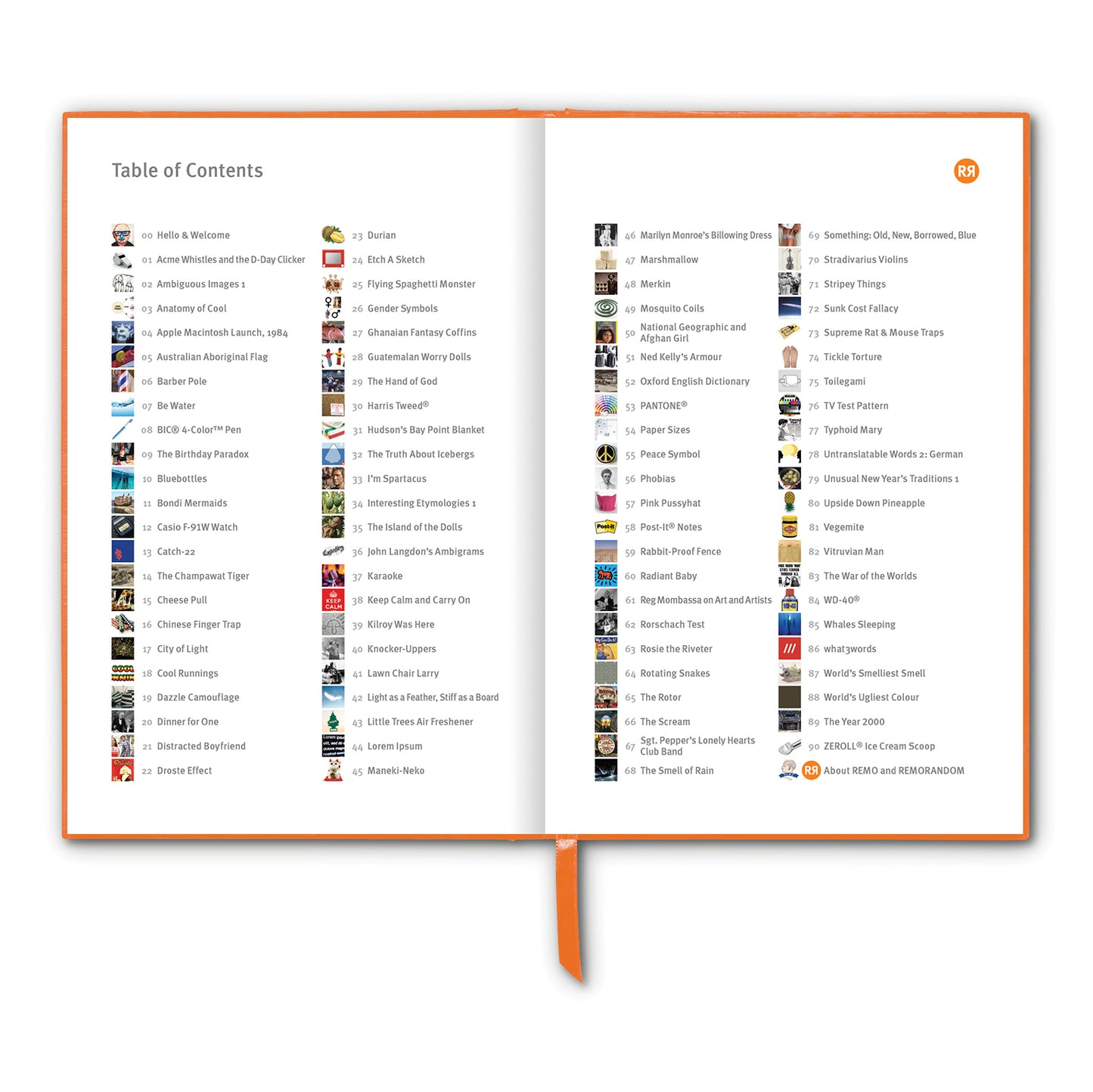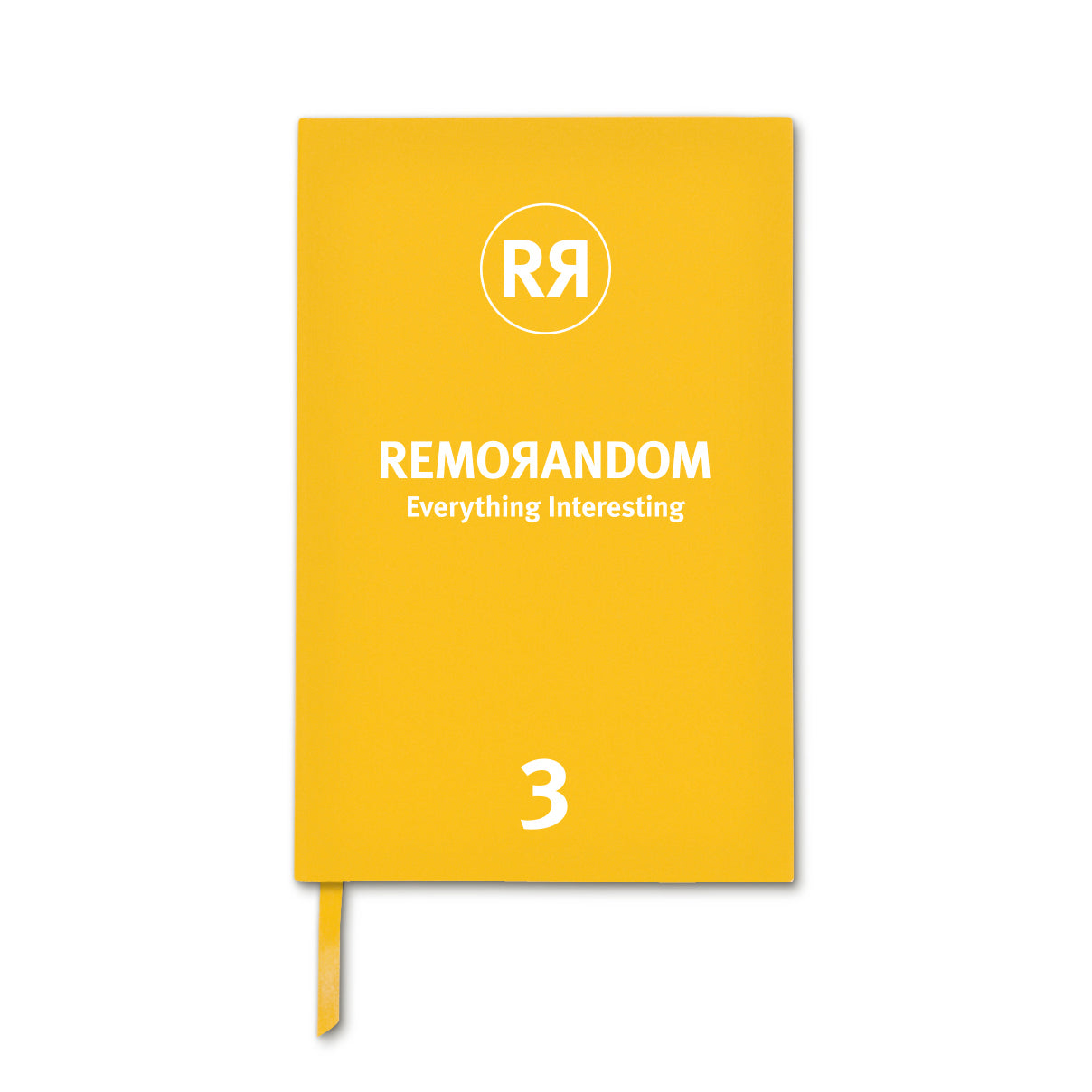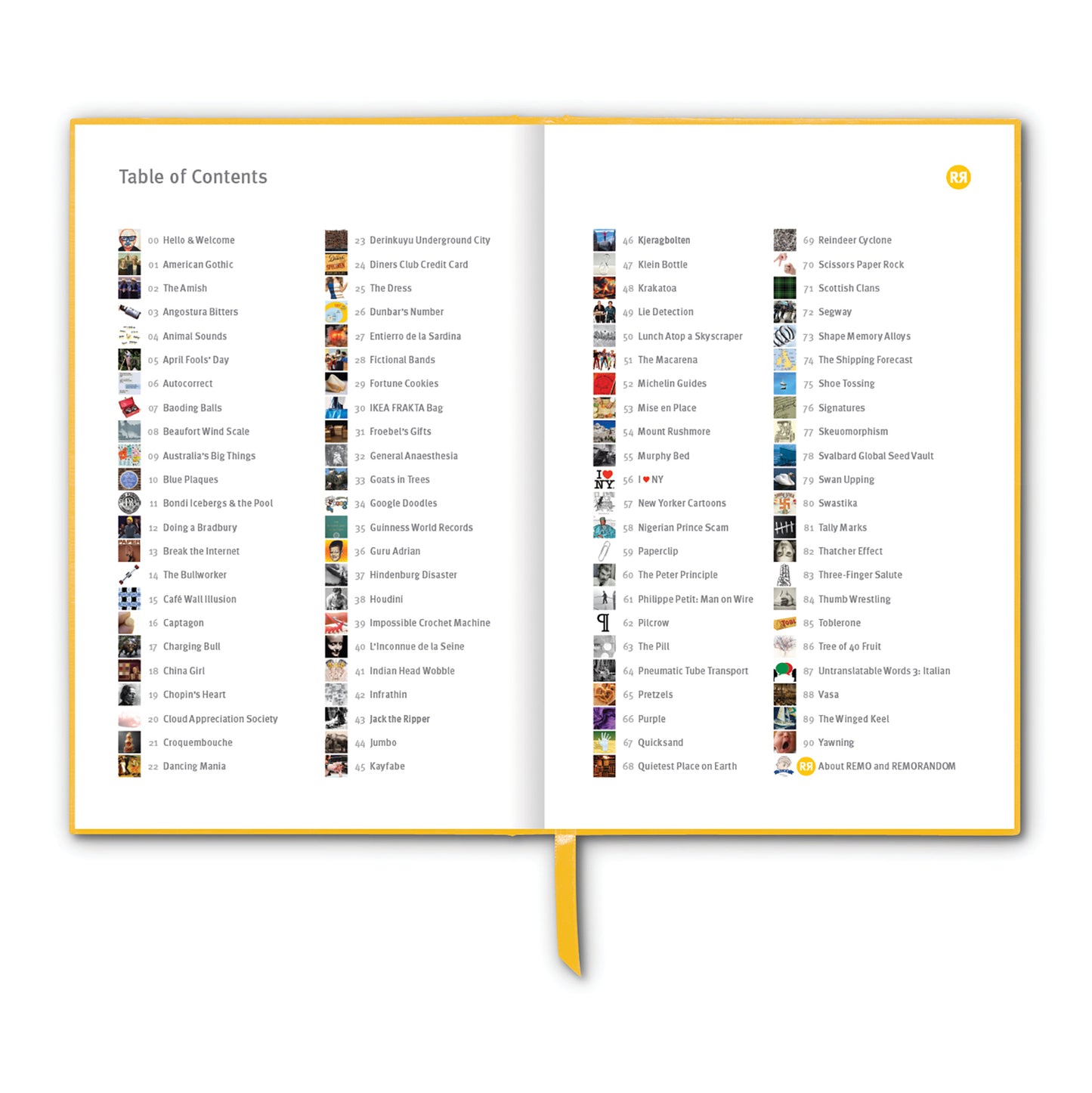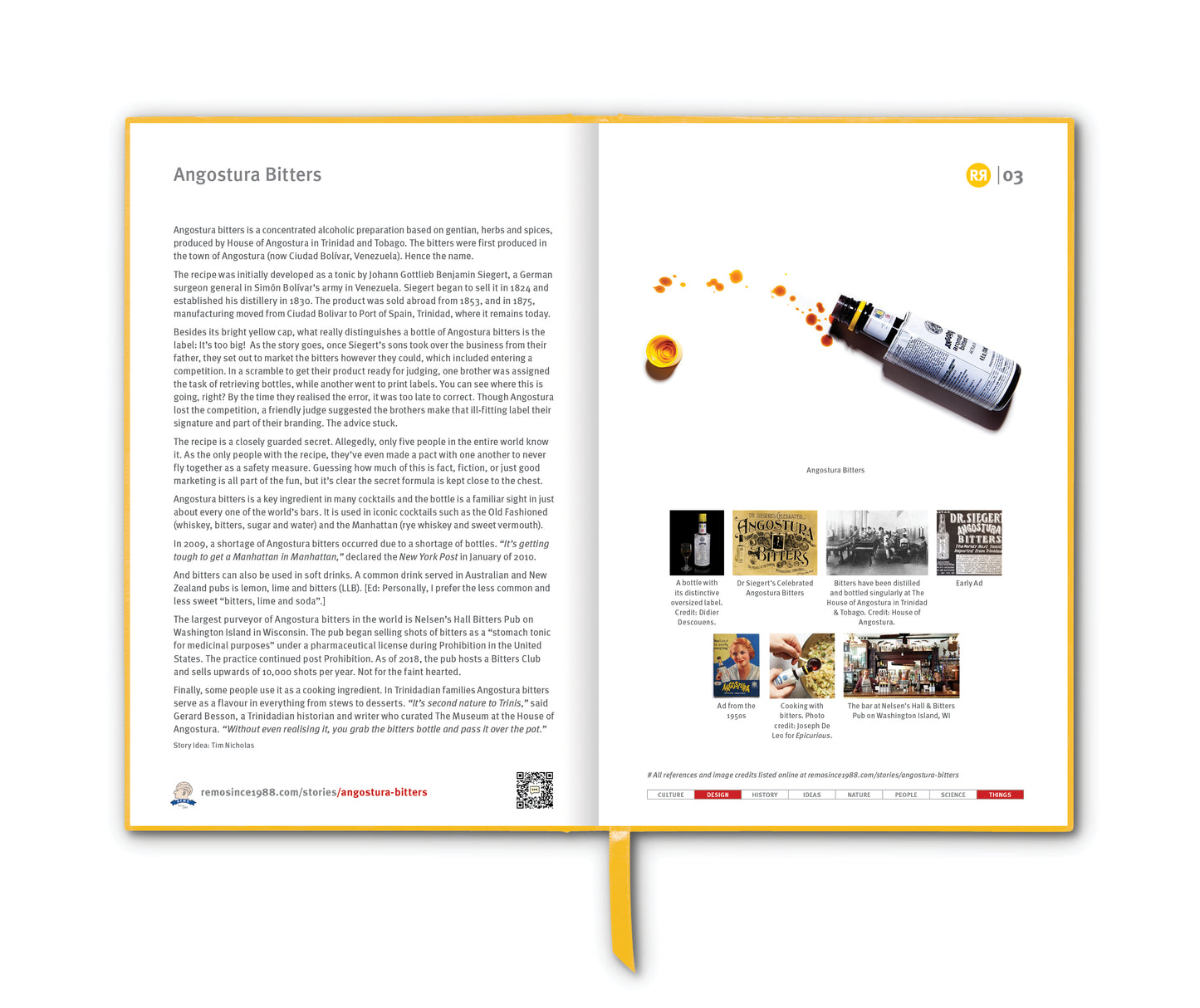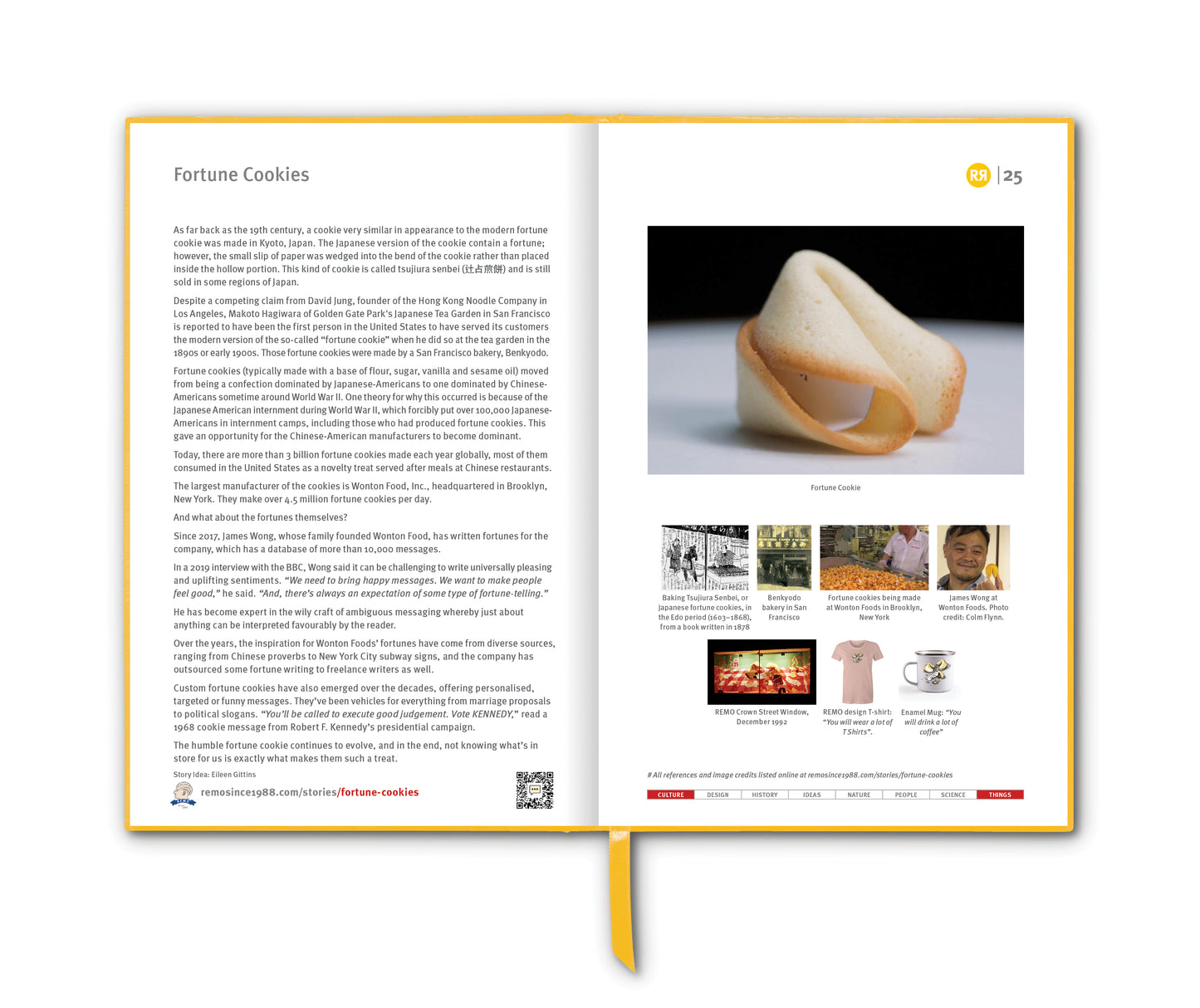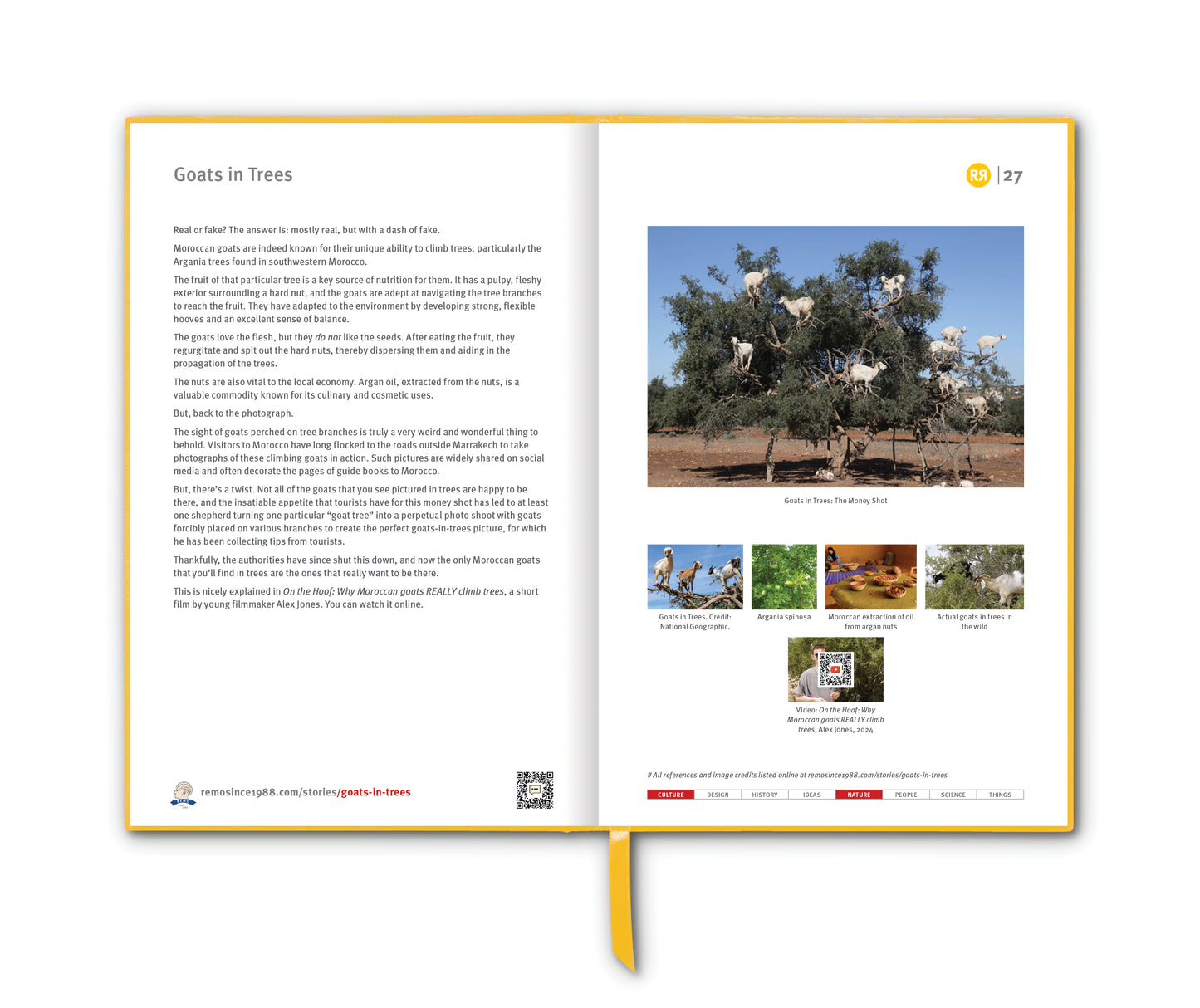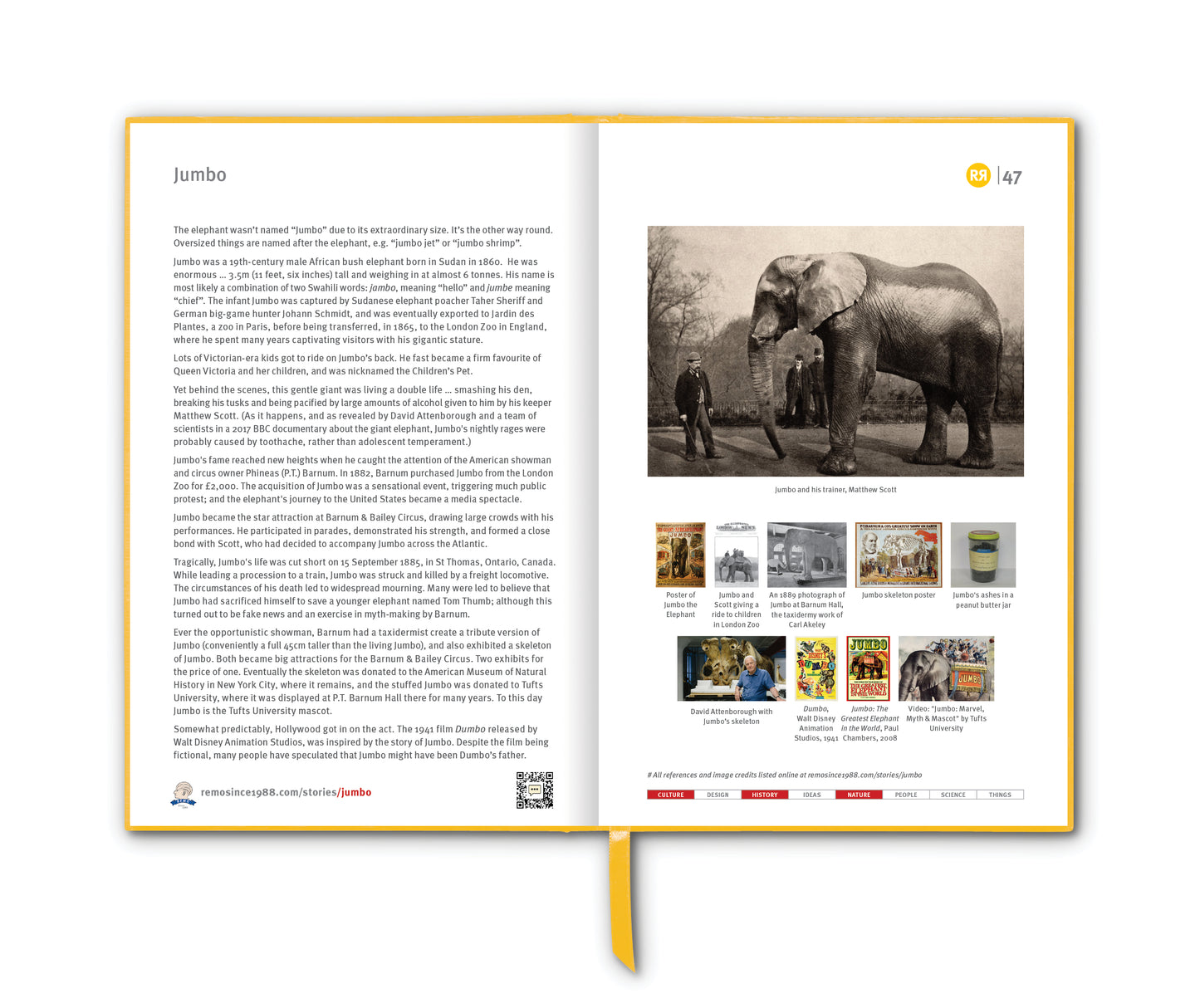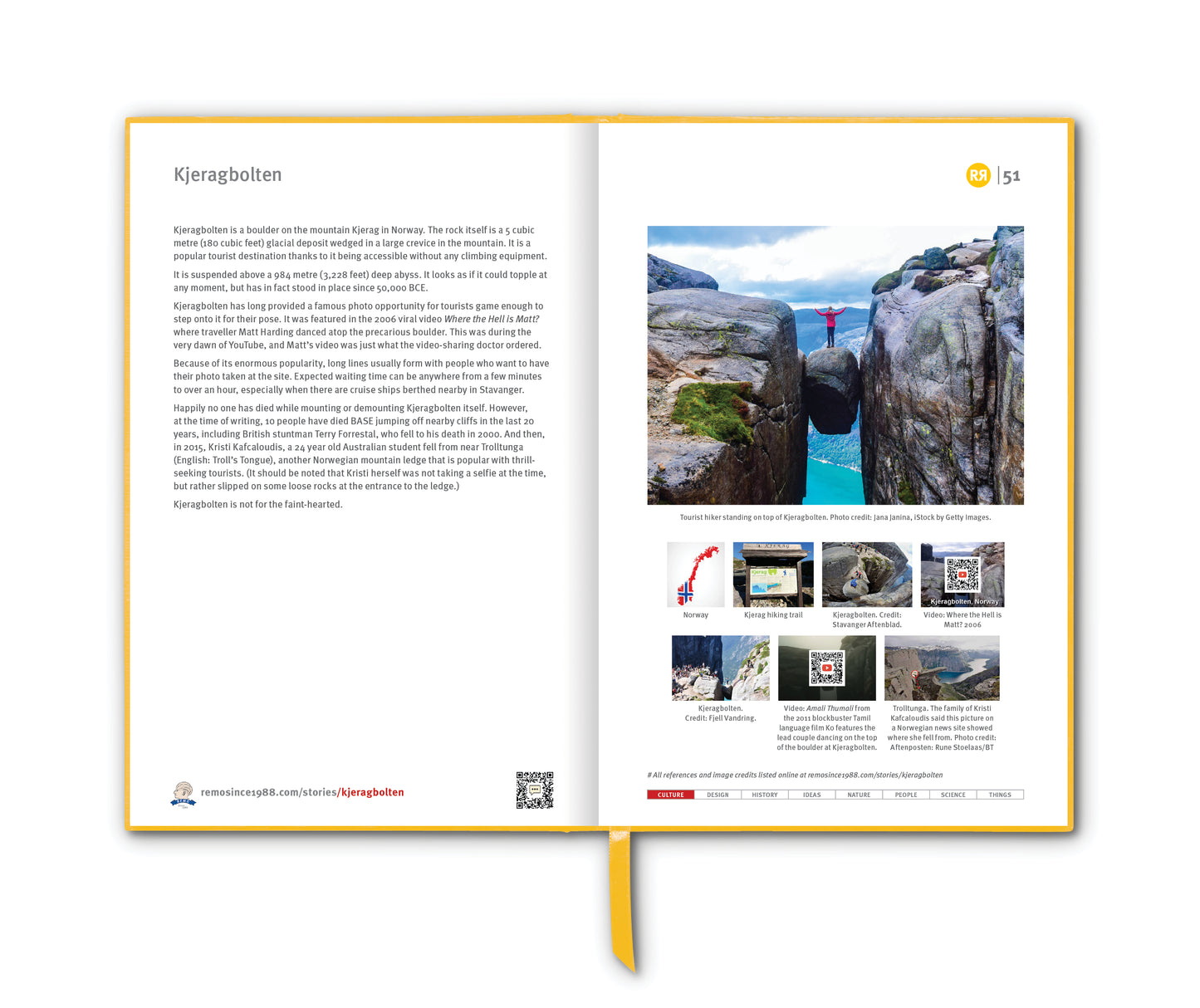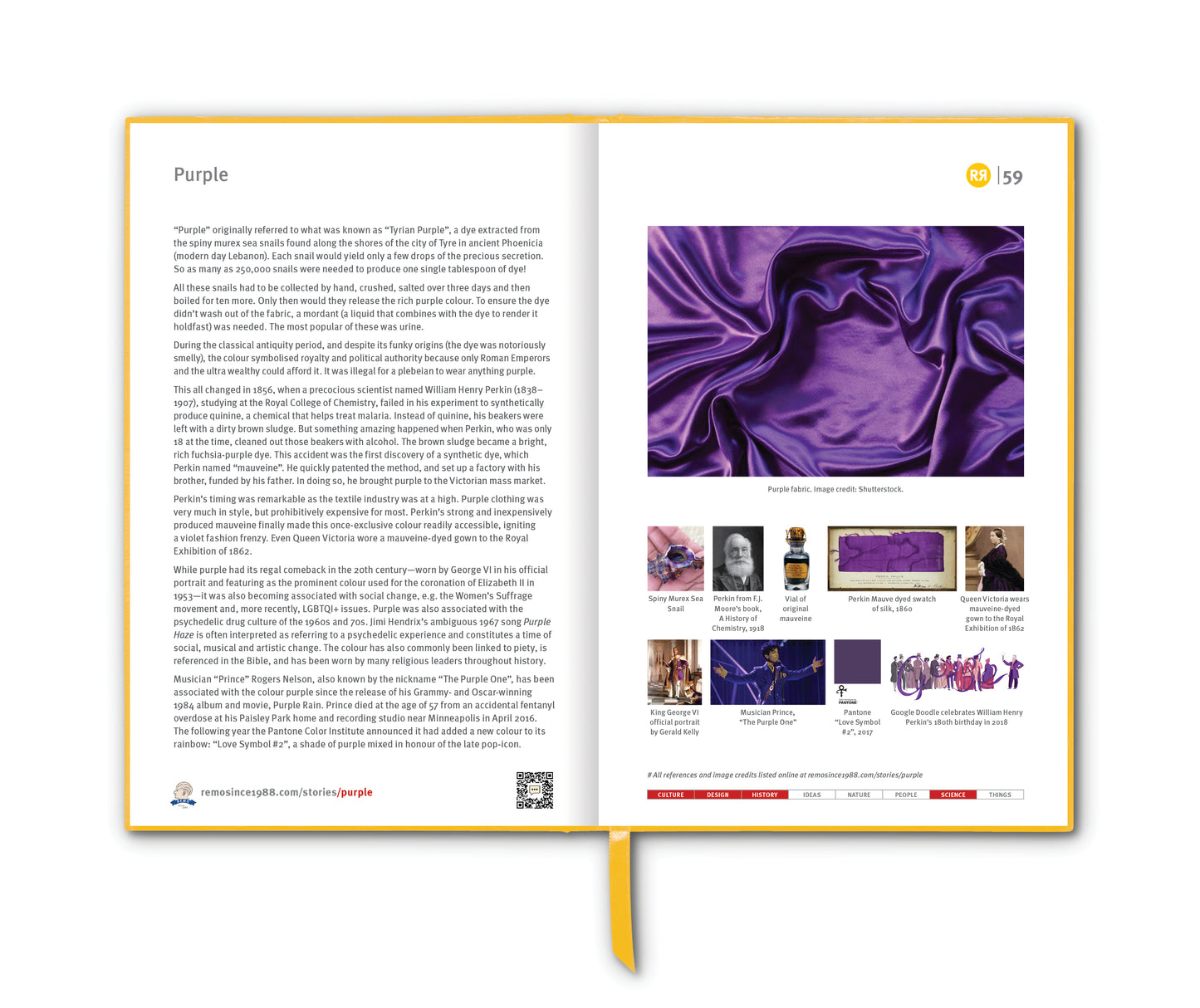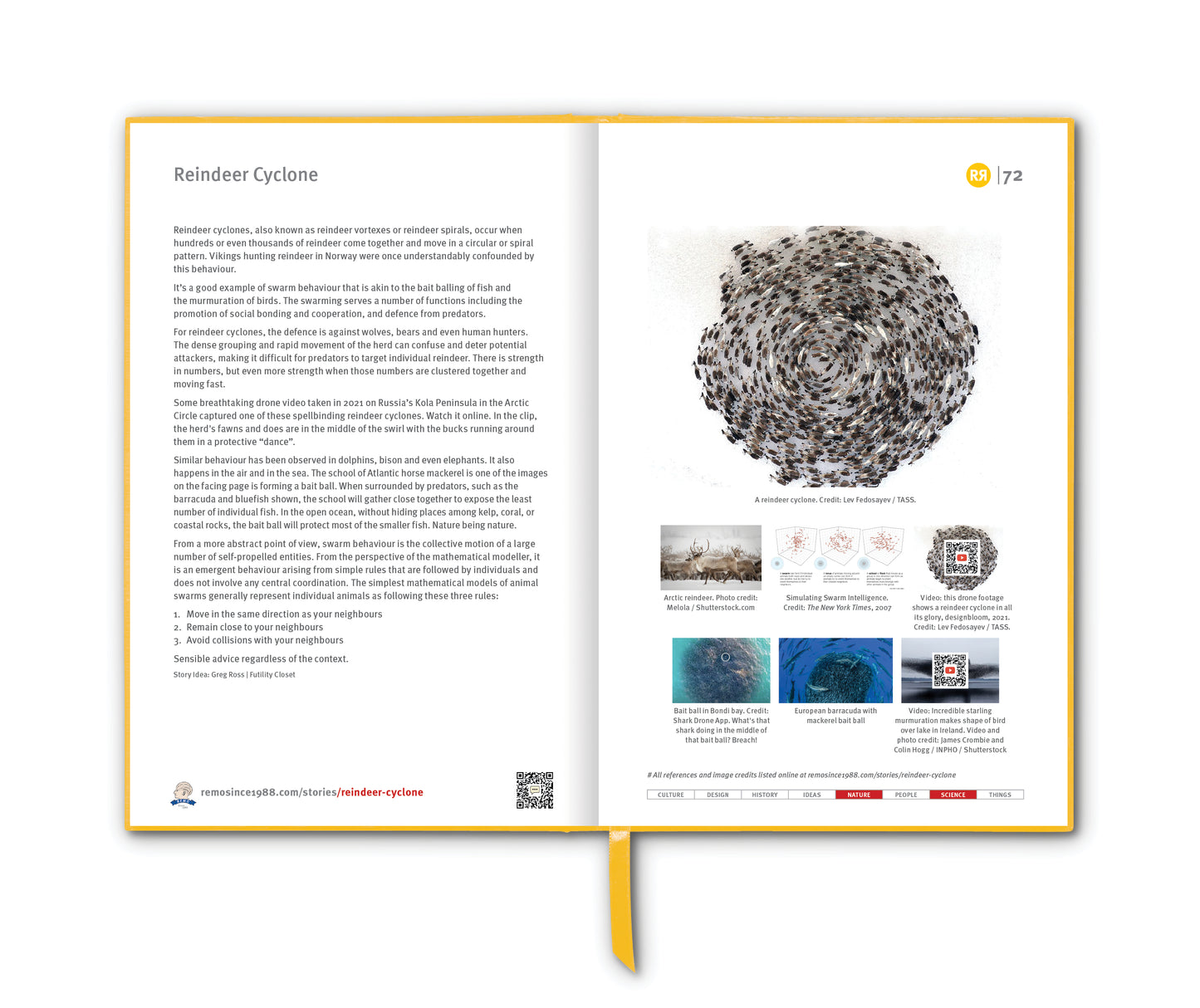In 1998, before most people had ever heard of Google, the company's founders, Larry Page and Sergey Brin, were preparing for the annual Burning Man festival. They wanted a playful way to tell users that the founders were out of office, so they meddled with the company logo. Visitors to the site would temporarily see a drawing of a stick figure in place of the second "o" in Google. The idea of modifying the company logo to signify special days stuck.
Google Doodles are variations of the Google logo that appear on Google homepages, either regionally or globally, to celebrate holidays, anniversaries, and the lives of famous artists, pioneers and scientists. They have become an iconic part of the Internet landscape.
Initially, Google Doodles were relatively simple, but over time they have become more elaborate and sophisticated. They often feature animations, interactive elements and intricate designs.
Google Doodles celebrate a wide range of themes including holidays (Christmas, Thanksgiving, New Year's Day, etc.), historical events (Independence Day, D-Day, etc.), famous birthdays (Albert Einstein, Leonardo da Vinci, etc.), inventions, achievements and cultural milestones.
Google Doodles are not limited to one country or culture. They often celebrate events and figures from around the world, reflecting Google's global reach and commitment to diversity and inclusivity.
The doodles often highlight lesser-known historical events or figures, introducing users to new ideas and perspectives. They can serve as educational tools, sparking curiosity and encouraging users to learn more about the subject being celebrated.
The Google Doodle development process is very thorough. Since 2000, a team of Google employees called "Doodlers" have organised and published the Doodles.
Doodlers receives thousands of global ideas every year from both internal Googlers and the public. Guided with a set of Doodle principles and representation goals, a diverse committee of Googlers gather annually over the course of several months to determine which topics will be "Doodled" in the next calendar year. Through careful research, discussion with cultural consultants and local experts, and more, the committee crafts an annual list of hundreds of Doodles that celebrate a range of inclusive and interesting topics from around the world.
Behind every Doodle is a diverse team of Googlers … artists, designers, engineers, marketers and program managers. The team also often partners closely with the family members of Doodle subjects, cultural consultants and subject matter experts. To fully grasp the story and nuance of the Doodle subject, the team conducts thorough research.
Doodle artists, designers and engineers explore different creative approaches to capturing the subject in one of the many Doodle formats. These approaches often start as simple sketches. The team holds creative review sessions to align on a single direction and concept. All Doodle concepts are refined and user-tested many times over before they appear on screens all over the globe. This is especially true for our interactive games, which require additional iteration, building, and testing.
Whether celebrating a world event or historical figure, Doodles launch on dates that are notably connected to their subject. Oftentimes there are multiple Doodles running around the world, at the same time in different locations. Most Doodles launch for only 24 to 48 hours — but they live on forever at doodles.google. Ready for you to explore.
Story Idea: Remo Giuffré
____________________________
References
https://en.wikipedia.org/wiki/Google_Doodle
https://doodles.google/search/
https://www.wallpaper.com/design/the-best-art-and-design-google-doodles-of-all-time
https://www.slashgear.com/1128804/the-14-best-google-doodles-of-all-time/
Images
1. Google Doodle for E.C. Segar's birthday on 8 December 2009
2. Selection of Google Doodles
3. The first ever Google Doodle celebrating Burning Man on 30 August 1998
4 to 13. Selection of Google Doodles
